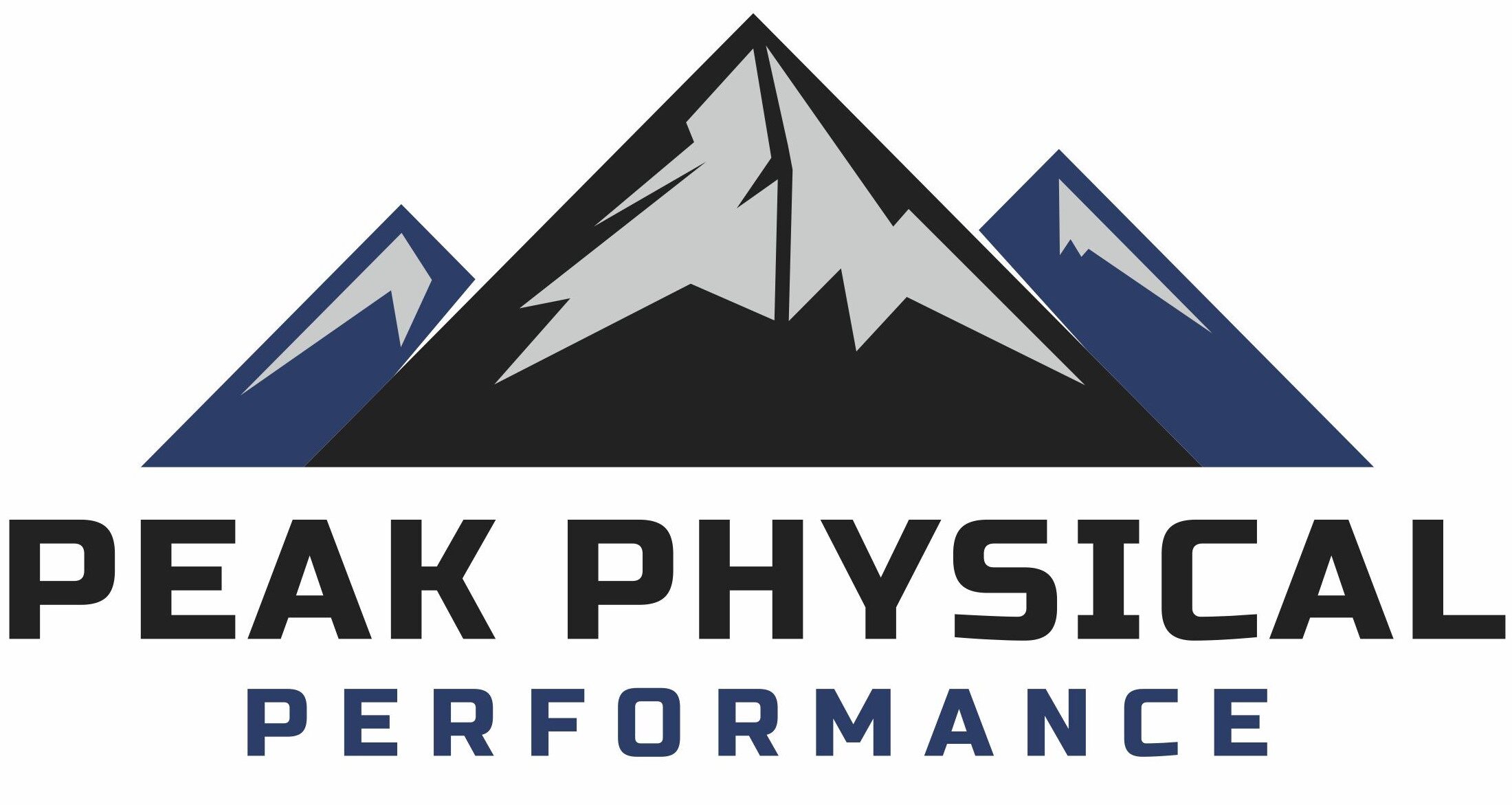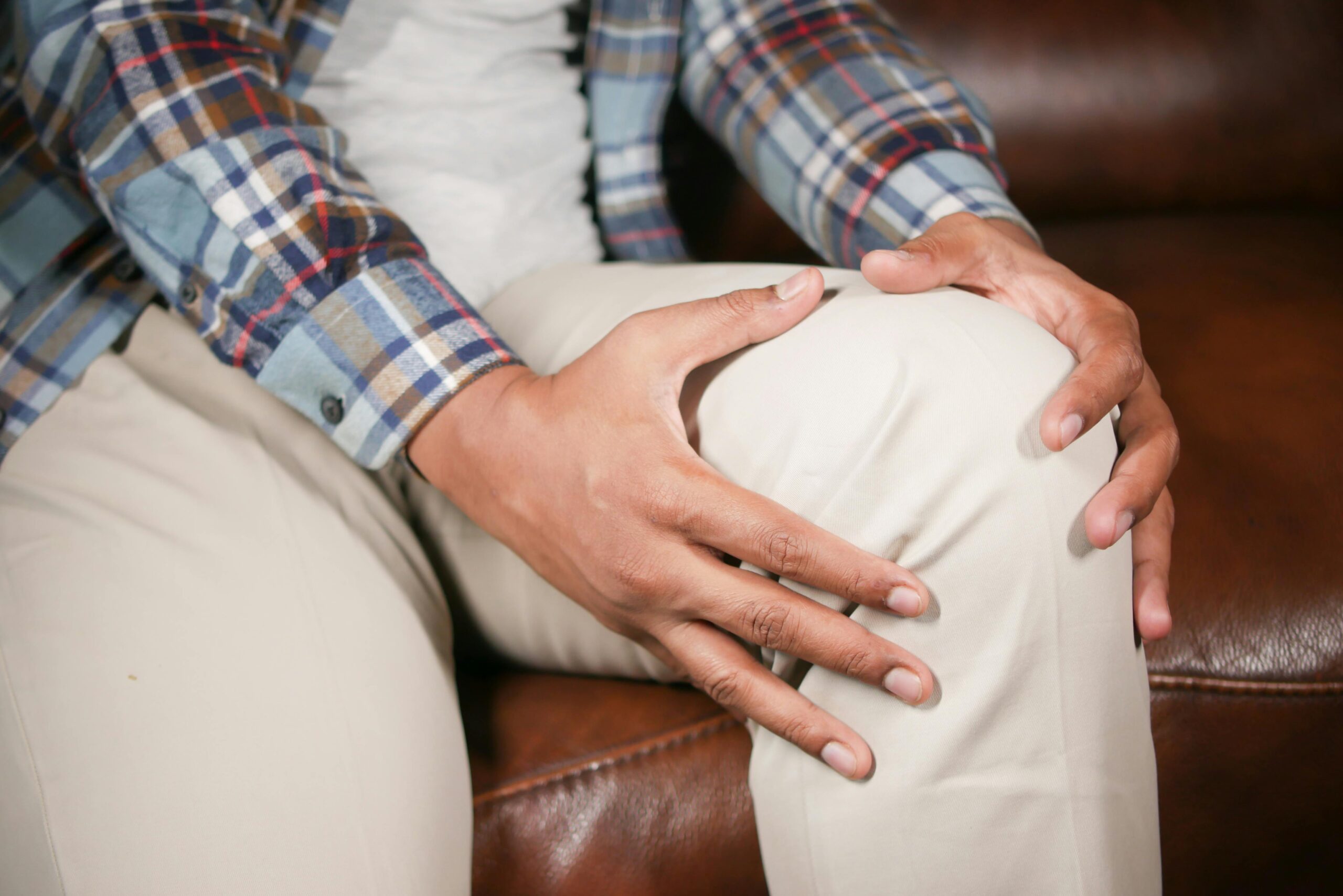Muscle cramps are sudden, involuntary contractions that can strike at any moment, often during physical activity or while at rest. These cramps can be incredibly painful and disruptive, but fortunately, there are ways to reduce their frequency and intensity. By understanding the causes of muscle cramps and implementing some proactive strategies, you can significantly lower your risk of experiencing them.
What Causes Muscle Cramps?
Muscle cramps can happen for various reasons. The most common causes include:
- Dehydration: When your body loses more fluids than it takes in, it can affect the balance of electrolytes, which are essential for proper muscle function. This can lead to muscle spasms and cramps.
- Electrolyte Imbalance: Electrolytes like sodium, potassium, calcium, and magnesium play a vital role in muscle contraction and relaxation. Low levels of these minerals can cause muscles to contract excessively.
- Overuse or Fatigue: Overworking muscles or using them in an unfamiliar or intense way can trigger cramps, especially if your body is not accustomed to that level of exertion.
- Poor Blood Circulation: If blood flow to muscles is restricted, muscles may not get enough oxygen and nutrients, making them more likely to cramp.
- Inactivity: Sitting or standing for long periods can lead to muscle stiffness and cramps, particularly in the legs.
Tips for Preventing Muscle Cramps
Here are several practical steps you can take to avoid muscle cramps and keep your muscles in top condition:
1. Stay Hydrated
Maintaining proper hydration is essential for muscle function. Drink plenty of water throughout the day, especially before, during, and after exercise. Water helps maintain the balance of electrolytes and keeps your muscles functioning properly.
- Tip: Drink water with added electrolytes if you’re engaging in prolonged physical activity, especially in hot weather, to replenish minerals lost through sweat.
2. Balance Your Electrolytes
Electrolytes such as sodium, potassium, calcium, and magnesium are crucial for muscle contraction and relaxation. If these are out of balance, cramps are more likely to occur. Eating a balanced diet rich in fruits, vegetables, and dairy can help maintain healthy electrolyte levels.
- Foods rich in electrolytes:
- Potassium: Bananas, sweet potatoes, and spinach.
- Magnesium: Nuts, seeds, and leafy green vegetables.
- Calcium: Dairy products, fortified plant-based milk, and leafy greens.
3. Stretch Regularly
Warming up before exercise and stretching regularly can help prepare your muscles for activity and prevent cramps. Stretching helps improve flexibility, increase blood flow, and reduce muscle stiffness.
- Tip: Perform dynamic stretches (e.g., leg swings, arm circles) before exercise and static stretches (e.g., hamstring stretches, calf stretches) after exercise to maintain muscle flexibility.
4. Avoid Overexertion
Pushing yourself too hard, too fast can lead to muscle fatigue, which increases the risk of cramps. Gradually increase the intensity and duration of your exercise routine to allow your muscles time to adapt.
- Tip: If you’re starting a new workout or activity, begin with lower-intensity exercises and work your way up as your muscles become stronger and more accustomed to the activity.
5. Warm Up and Cool Down Properly
A proper warm-up and cool-down routine is key to preventing cramps. A warm-up prepares the muscles for physical activity, while cooling down helps muscles recover and reduces the risk of cramping after exercise.
- Warm-up: Spend 5-10 minutes doing light cardio (e.g., brisk walking, gentle cycling) followed by dynamic stretching.
- Cool-down: Gradually reduce your activity intensity, then perform static stretches to help relax the muscles.
6. Take Care of Your Circulation
Good circulation helps deliver oxygen and nutrients to your muscles, preventing cramps. Sitting or standing in one position for too long can impair circulation, especially in the legs.
- Tip: If you’re sitting for long periods, stand up and stretch or walk around every 30 minutes. For leg cramps, elevating your feet occasionally can help improve circulation.
7. Massage and Heat Therapy
If you feel a cramp coming on, gently massage the affected area to help relax the muscle. Applying heat to the muscle can also help increase blood flow and reduce muscle tension, making it less likely to cramp.
- Tip: Use a heating pad or warm towel on cramping muscles, or take a warm bath to soothe the muscles.
When to Seek Medical Help
While most muscle cramps are harmless, persistent or extremely painful cramps that don’t resolve with self-care may indicate an underlying medical condition. If you experience frequent cramps or if they are associated with swelling, weakness, or numbness, consult a healthcare provider.
Conclusion
Muscle cramps are a common nuisance, but with proper hydration, balanced nutrition, regular stretching, and attention to your body’s needs, you can greatly reduce the likelihood of experiencing them. By staying proactive, you’ll be able to maintain a more comfortable, active lifestyle, free from the pain and frustration of muscle cramps.
References:
- National Institutes of Health (NIH) – Muscle Cramps
- Mayo Clinic – Muscle Cramps
- American College of Sports Medicine – Hydration and Electrolyte Balance



Comments are closed